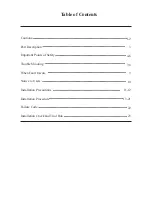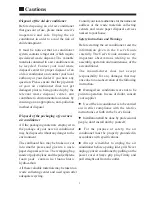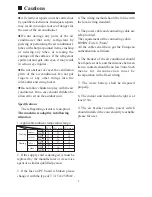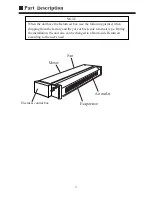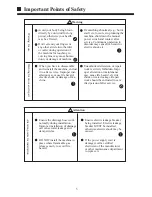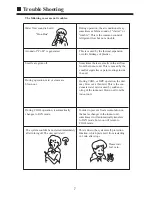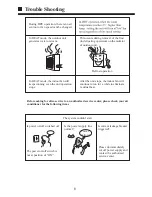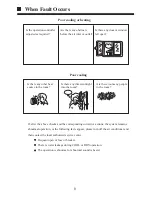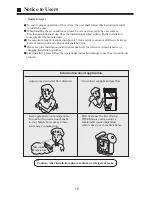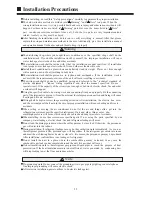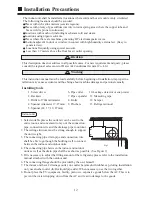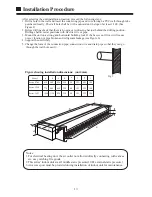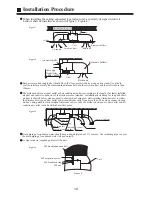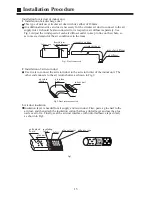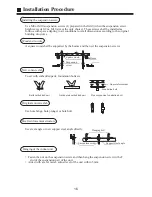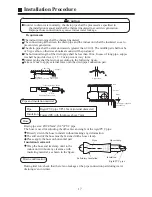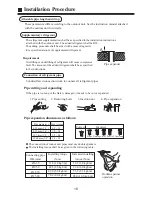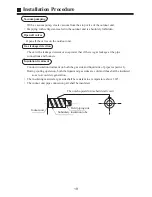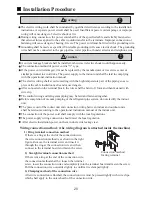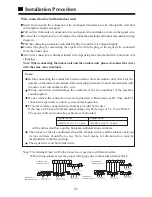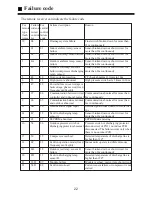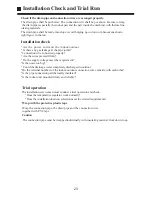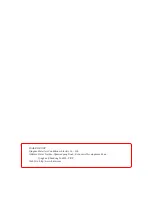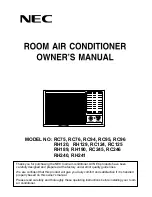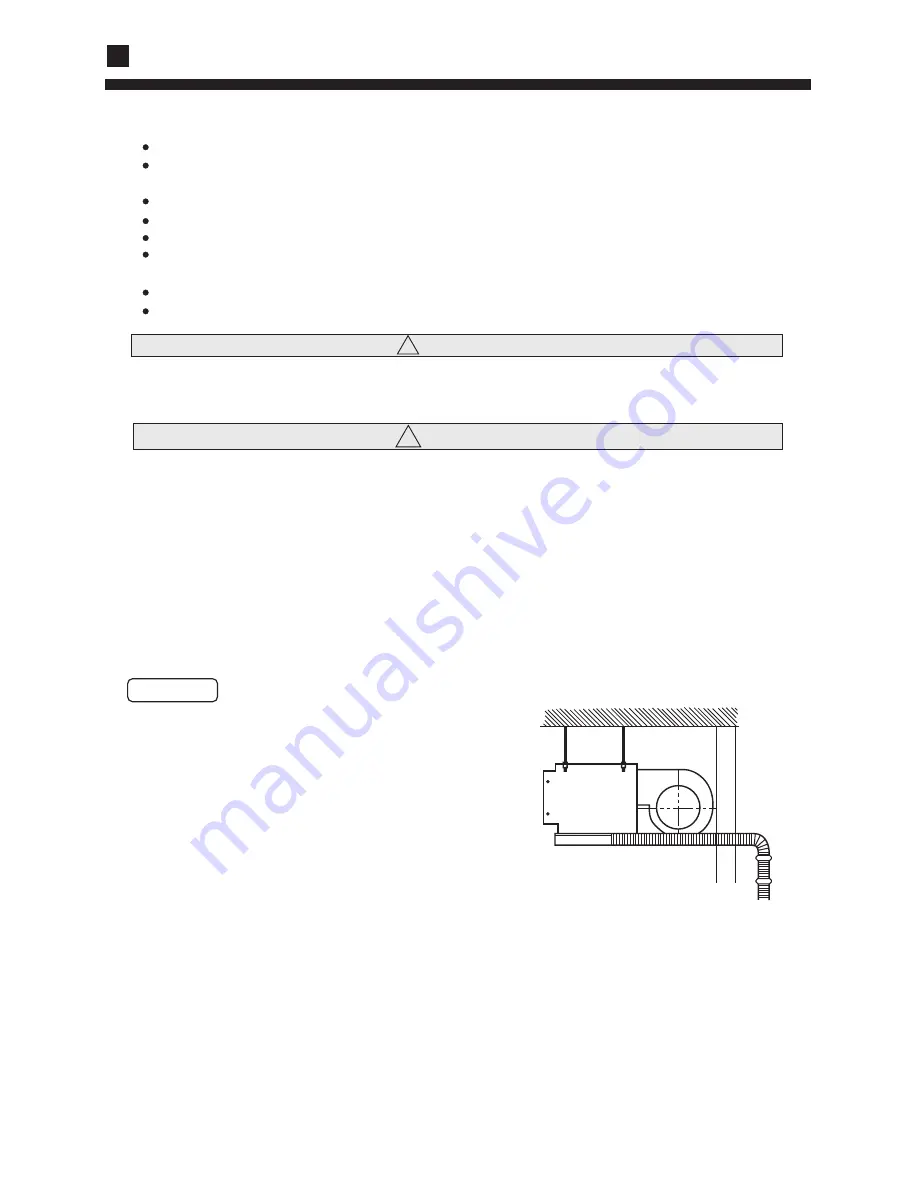
This description does not address to all possible cases. For new requirement and query, please
consult the regional sales center of Haier Air Conditioner General Co., Ltd.
This instruction manual must be read carefully before beginning of installation, improper ins-
tallation may cause accidents and thus bring about machine damage and personal casualty.
Installing tools
1. Screw driver 6. Pipe cutter 10. Leakage detector or soap water
2. Hacksaw 7. Pipe expander 11. Measuring tape
3. Driller of 70mm diameter 8. Knife 12. Scraper
4. Spanner (diameter 17, 27mm) 9. Pinchers 13. Refrigeration oil
5. Spanner (14, 17, 19, 27mm)
12
! Attention
! Warning
Indoor unit
1. Select suitable places the outlet air can be sent to the
entire room, and convenient to lay out the connection
pipe, connection wire and the drainage pipe to outdoor.
2. The ceiling structure must be strong enough to support
the unit weight.
3. The connecting pipe, drain pipe and connection wire
shall be able to go though the building wall to connect
between the indoor and outdoor units.
4. The connecting pipe between the indoor and outdoor
units as well as the drain pipe shall be as short as possible. (See Figure 1)
5. If its necessary to adjust the filling amount of the refrigerant, please refer to the installation
manual attached with the outdoor unit.
6. The connecting flange should be provided by the user himself.
7. The indoor unit have 2 drainage outlet, one outlet be jamedwith rubber cap, during installation
only use another outlet (In/Out liquid pipe side). When necessary, use the two together.
8. Do not place the TV, equipment, facility, piano etc, expensive goods below the AC. This is to
prevent the water dropping down from the AC and lead to damage to the goods.
Installation Precautions
Fig 1
The indoor unit shall be installed at locations where cold and hot air could evenly circulated.
The following locations should be avoided:
Places with rich saline matters (seaside regions).
Places with plenty of gas sulfides (mainly in warm spring areas where the copper tube and
braze weld is prone to corrosion).
Locations with much oil (including mechanical oil) and steam.
Locations using organic solvents.
Places where there are machines generating HF electromagnetic waves.
Positions adjacent to door or window in contact with high-humidity external air. (Easy to
generate dew).
Locations frequently using special aerosols.
Less than 2.7 meters above the floor for air outlet opening.


